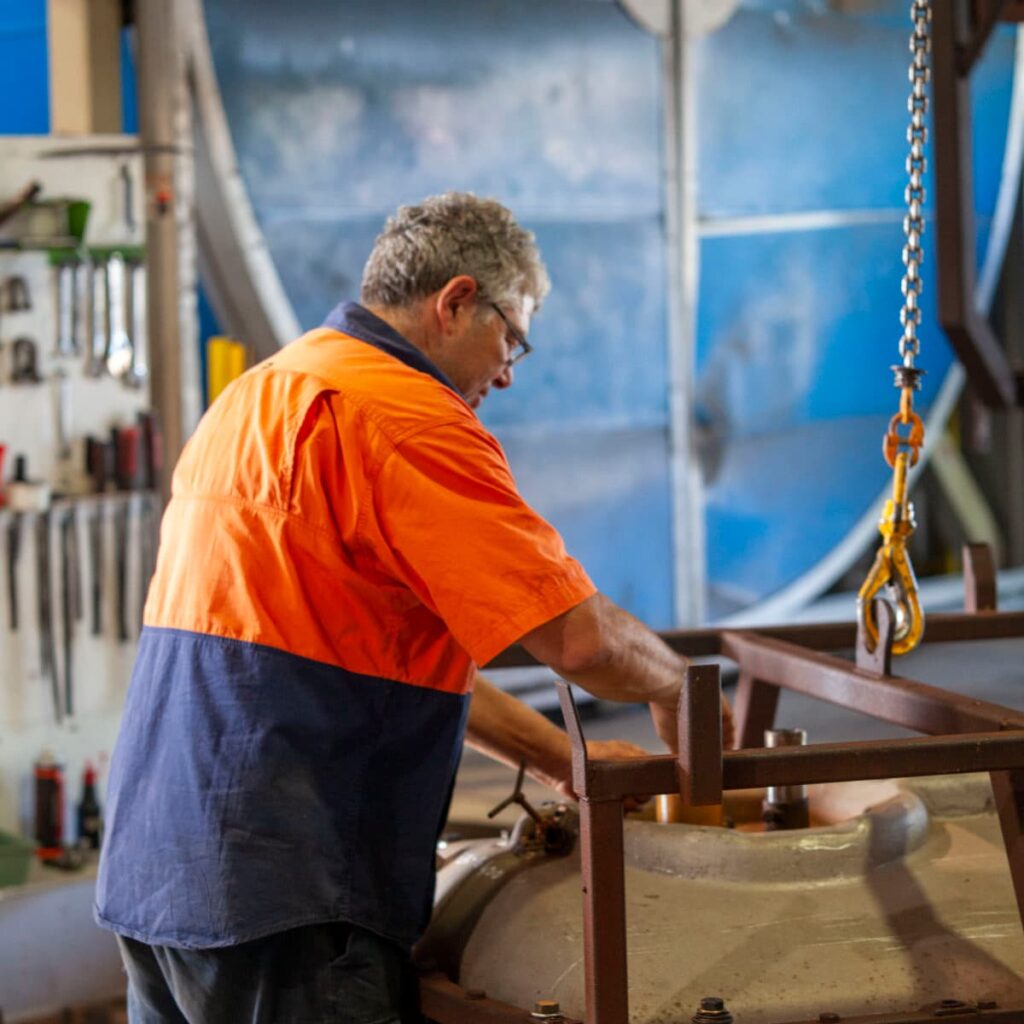Everything You Need To Know About Polyethylene
Home / Everything You Need To Know About Polyethylene
- globaltanks
- October 29, 2019
- 4 minutes
What is Polyethylene?
So what is Polyethylene? Well, you’ve probably held it in your hands many times, whether you realised it or not. Polyethylene is a thermoplastic polymer with a variable crystalline structure… some of you might be saying ‘Can I have that in English, please?’. Well, if you’ve held a water bottle before, you’ve held Polyethylene in your hands (bonus points if you know that the #1 on the bottom means it’s made from polyethylene). Ever played with a children’s toy? They’re usually made from Polyethylene, which is the most common and popular plastic, in the world. Shopping bags, grocery bags (well, the old grocery bags) and even bulletproof vests are made from this polymer. For such a versatile material, it is incredibly simple to produce. But before getting into how it is made and the different types of Polyethylene, let’s take a quick look at its history.
History of Polyethylene
86 years ago, two chemists working for the Imperial Chemical Industries Research Lab were testing a plethora of chemicals when they made a massive discovery that would change history. R.O Gibson and E.W. Fawcett set off a reaction between ethylene and benzaldehyde, which resulted in a waxy, white substance. Fast forward to 1953, Karl Zeigler of the Kaiser Wilhelm Institute invented HDPE (High-Density Polyethylene). For this invention, Zeigler was awarded a Nobel Prize for Chemistry. Polyethylene has served many industries and Global Rotomoulding would not be where they are without this polymer (actually, we wouldn’t even exist without Polyethylene).
What Are The Different Types of Polyethylene?
Polyethylene or PE for short belongs to the polyolefin family of polymers. The most common forms of polyethylene are:
- Branched versions (LDPE)
- Linear versions (HDPE)
- Cross-linked polyethylene
- Medium-density polyethylene
- Very-low-density polyethylene
- High-molecular-weight polyethylene
- Chlorinated polyethylene
So what types are used for tank production at Global Rotomoulding Tanks?
At Global Rotomoulding, all of our tanks are manufactured in polyethylene which complies with AS 2070 (Plastics materials for food contact use) and AS/NZ 4020 (Products for use in contact with drinking water). The materials we use are 100% recyclable and as a company, we aim to protect the environment through responsible uses of resources and technology.
Why is Polyethylene used so often?
Instead of writing a long-winded article about why the molecular structure of polyethylene makes it such a great product that is used so often, it’s easier for Global Rotomoulding to give relatable, real-world reasons for why it is such a brilliant invention and therefore used so often.
Safe plastic
Polyethylene is solvent resistant plastic which is safe to hold food and cart drinking water. These two facts alone make this plastic one of the most popular plastics in existence, as it contains no known harmful chemicals. It is also very recyclable, but more on that later!
Extremely strong
As stated previously, there are many types of polyethylene. It can be altered to suit different types of applications, depending on the required levels of strength for the plastic.
Lightweight
The molecular weight of the plastic is directly proportionate to the number of carbon atoms present. Given that polyethylene can be made with many of the same properties but in a lighter weight, makes it very desirable for a range of applications.
Flexible
Lightweight polyethylenes are flexible. When there is a less compact intermolecular structure, there is more room for the plastic to flex without breaking.
Insulation properties
LDPE and HDPE (low density and high-density polyethylene’s) are often used in high voltage systems. Communication cables are often insulated in polyethylene as it’s thin and lightweight.
Rust free
Since polyethylene is moisture-vapour resistant, rust cannot occur or permeate the plastics. This means it stands up to weather exposure, saltwater and other harsh chemicals which can cause rust and iron oxidisation.
Dangerous good storage
Almost all varieties of polyethylene have a high chemical resistance, which means fuels can be safely stored inside, along with other chemicals on farms or in warehouses. See our range of dangerous good storage tanks here:
Can Polyethylene be recycled?
YES! Big yes! Polyethylene is highly recyclable. It is accepted at most recycling centres and is one of the easiest polymers to recycle. The plastic needs to be cleaned and sorted when it arrives at a recycling facility to remove unwanted debris before homogenisation. It is shredded, melted down to further refine the polymer and then cooled into pellets, which is used in manufacturing!
At Global Rotomoulding, we have a large range of polyethylene tanks which are tailored to your needs. We have also manufactured a wide variety of custom made products for companies and individuals who come operate within a diverse mixture of industries. We like to take an innovative approach to our work whilst ensuring our products are both highly effective and safe for our customers. Contact us today to find out how our experience with polyethylene tanks can benefit you.

